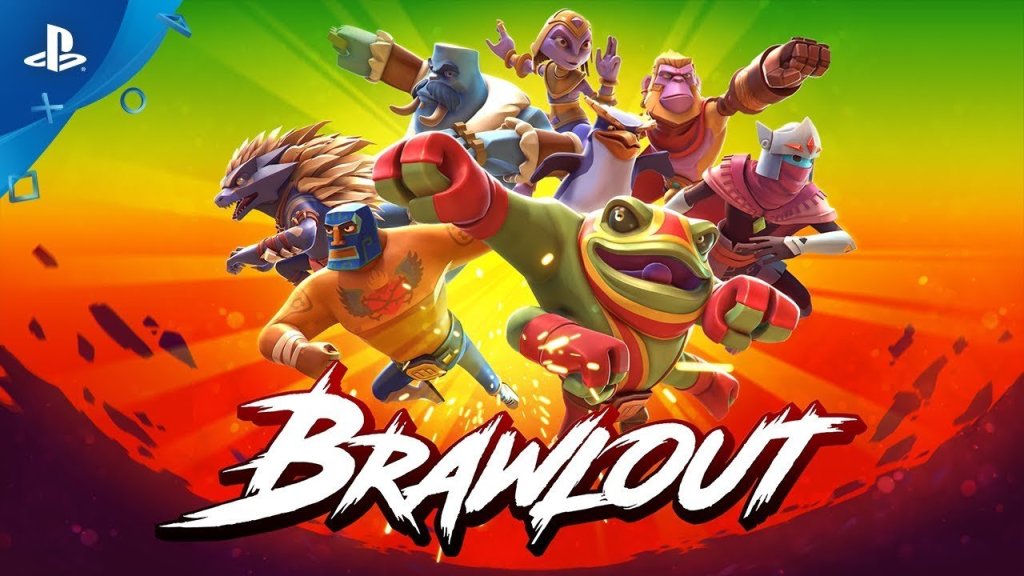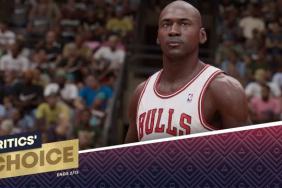
Tackling the fighting scene is always a difficult task. Already there are an abundance of well established series, which have garnered a legion of dedicated fans. For that reason alone, it can prove strenuous to tear hardcore fighting players away from their game of choice. This is the challenge set for Angry Mob…
-
Wicked characters
-
Stage designs are well-thought-out
-
Interesting incentives
-
Uninspiring single-player
-
Tiresome loading
-
Lots of technical issues





